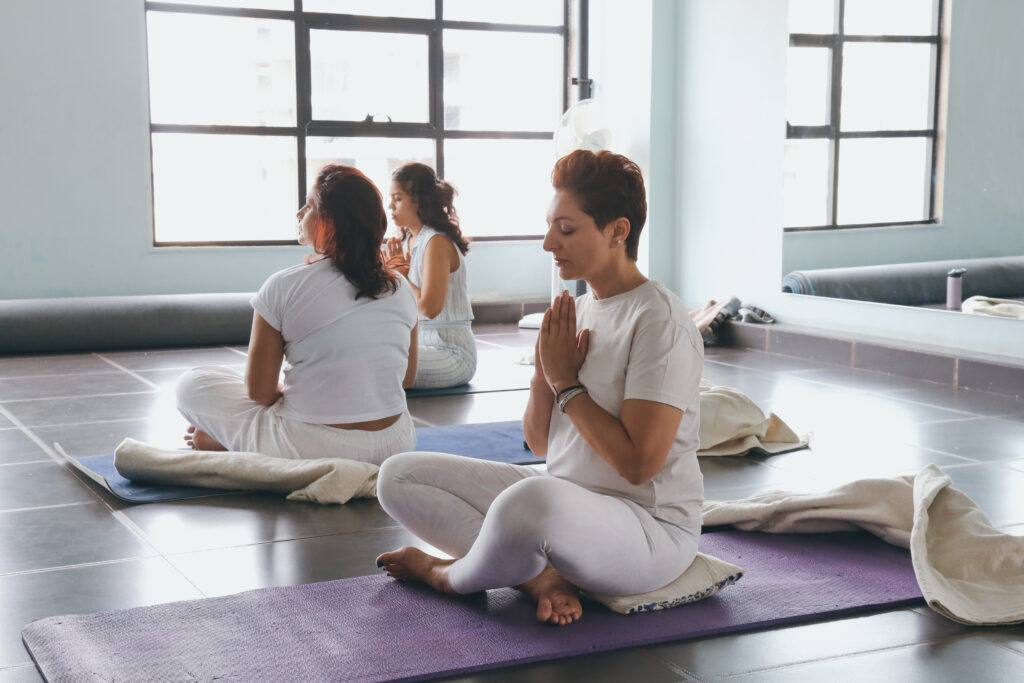
Somatic Movement for Healing and Pain Relief
I am a Somatic Movement educator (healer) who helps people release chronic muscle and joint pain through gentle, awareness based practices that restore ease and freedom in movement. My work focuses on how the nervous system, posture, and movement patterns are all connected and how changing these patterns can reduce pain and restore balance.
Somatic Movement is more than exercise. It is a body based approach to trauma release and pain recovery. Stress and trauma often live in the body as chronic muscle tension. The tighter our muscles become, the more pain and discomfort we experience, which in turn impacts our emotional well-being. Somatic practices help unwind these patterns, creating space for both physical and emotional healing.
How I Work: Uncovering the Source of Pain
When pain keeps returning, the real question is not how do I get rid of it? But why is it happening in the first place?
Pain is rarely random. It is usually the result of unconscious patterns in the body. Once you become aware of what is driving your discomfort, you can begin to change it. Awareness itself is powerful because it gives you choice and control.
Instead of “fixing” you, I guide you step by step to release tension and move with greater ease.
The tools I use include:
- Gentle movement practices
- Body awareness building exercises
- Supportive coaching conversations
This is not a quick fix. It is a gradual, practical learning process where your body and nervous system relearn how to move out of pain. Because the body works as a whole, I focus on full body patterns rather than just the area that hurts.
The process is gentle, effective, and empowering. You take an active role, while I walk alongside you, supporting and encouraging you as you discover what freedom of movement feels like.
Finding Relief from Pain
If you have been living with ongoing muscle or joint pain that limits your daily life and keeps you from doing the things you love, you are not alone.
Many people find that common treatments like physiotherapy, chiropractic care, or massage only bring short term relief, leaving them stuck in the same cycle. What you may be looking for is not just another temporary fix, but a deeper understanding of why the pain keeps returning.
By uncovering the patterns at the root of your pain and learning how to shift them, you gain tools that bring lasting change. This approach is not dependent on painkillers, surgery, or external devices. Instead, it uses neuromuscular education to help your body and nervous system let go of chronic tension and rediscover natural, pain free movement.
What Somatic Movement May Help With
- Chronic conditions such as sciatica, fibromyalgia, frozen shoulder, TMJ disorders, disc problems, whiplash, and tendinitis
- Stress related challenges: depression, anxiety, grief, PTSD
- Difficulties with self esteem, trust, or intimacy
- Recovery from injury and prevention of recurring pain
- Postural imbalances and conditions such as kyphosis, hyperlordosis, scoliosis, and functional leg length discrepancy
- Joint pain, osteoarthritis, bursitis, carpal tunnel, and more
Benefits You May Experience
- Gentle recovery and prevention of recurring pain
- Retraining of the muscle and mind connection
- Greater flexibility, mobility, and balance
- Deep relaxation and chronic tension release
- Improved health and well-being
- A sense of unity between body, mind, emotions, soul, heart, and spirit
- A renewed sense of freedom, confidence, and ease in movement
- The ability to move at your own pace, in your own way
An Invitation
The best way to understand this work is to experience it firsthand. Even a single session can give you a glimpse of what is possible, while ongoing practice builds real, lasting change.I offer both group classes and one on one sessions in a supportive, community focused space. If you are ready to take an active role in your healing, I would be honored to guide you on this journey toward relief and freedom.